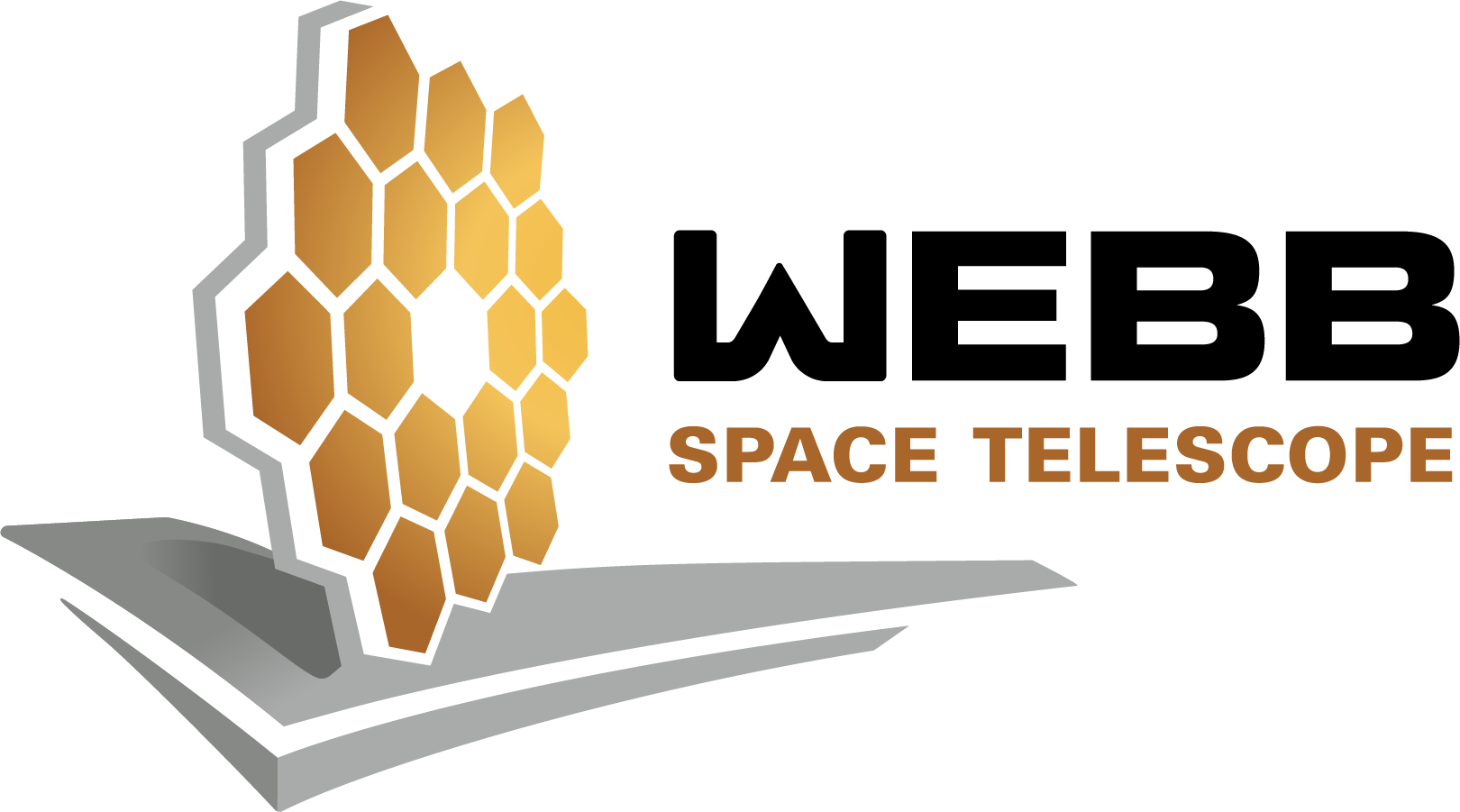
Welcome to the ninth of our monthly newsletters. We will be bringing this to your mailbox around the middle of each month, to keep you informed about Planetarium and Friends news, as well as happenings in the world of astronomy and events in our area related to science education. Visit the website for more news updates and a list of our articles.

Ice Cream Social
On Sun. Sept. 26 from 1 to 3 pm, enjoy both astronomy and ice cream at
Hayes Park, 1515 North Lincoln Street, Arlington, VA 22201.
Kick off our program year with the Friends of Arlington’s Planetarium at this outdoor event
with a celebration of the Solar System and Stars. Mister Softee ice cream will be available for purchase.
Otherwise attendance is free of charge, and you will have a convenient opportunity to renew your membership or
join the Friends during the event.

¿Habla Español?
Sea voluntario para los Amigos del Planetario David M. Brown de Arlington!
We are looking for bilingual volunteers to help the Friends of Arlington’s David M. Brown Planetarium engage with the Hispanic community and make our events more inclusive. Let us know if you are interested by getting in touch with us at contact@friendsoftheplanetarium.org.

James Webb Space Telescope Online Event
The James Webb Space Telescope is scheduled for launch on December 18, 2021!
This new NASA instrument is the biggest, most powerful telescope ever put into space, and will help us learn about the early universe, the formation of galaxies and stars, and reveal new information about exoplanets.
The Friends of the Planetarium will celebrate the upcoming launch with a special event on the afternoon of Sunday, October 10th.
Join us online to learn more about the James Webb Space Telescope – and if COVID conditions permit, IN-PERSON at the Arlington Mill Community Center. Watch your email and FOAP social media for details!
Contributed by
Kathi Overton.
Summer on Mars Challenges the Ingenuity
The Mars Ingenuity helicopter was a technology demonstration mission, but it
has worked so well it now scouts terrain for the Perseverance rover and images
places too rough for the rover. One new challenge is that changing seasons are
making the atmosphere thinner than the helicopter was designed for. The
atmosphere on Mars is very thin, only 1.2-1.5% of Earth’s, so thin that summer
heat makes it significantly less dense. The helicopter was designed to operate
at the beginning of the Perseverance mission. Now NASA engineers will be
testing whether it's safe to spin the rotors faster to operate in the thinner
atmosphere. The first test was planned for last Friday, with results expected
soon.
Contributed by
Jim Edwards-Hewitt.

Carolyn Jean Spellmann Shoemaker (1929–2021)
Astronomer Carolyn Jean Spellmann Shoemaker (1929–2021), who discovered 372
“minor planets” (comets and asteroids), died last month. She began her
productive astronomical career at age 51 after raising her three children. Her
best-known discovery is Comet Shoemaker-Levy 9, which crashed spectacularly
into Jupiter on 1993 March 24. She will be missed by those who had the pleasure
of knowing her.
Contributed by
Jennifer Lynn Bartlett.
Private Human Spaceflight Reaches Orbit!
With a smooth splashdown of Inspiration4 on September 18th, 2021, SpaceX has successfully completed the first all-civilian human orbital spaceflight. Four private citizen astronauts spent three days in orbit aboard the SpaceX Dragon Resilience spacecraft. Though the rocket launched from Cape Canaveral, NASA was not involved in the operation of the SpaceX mission. Crew members trained for six months to prepare for the flight, which reached an altitude of more than 350 miles – the fifth highest crewed orbital flight in history. The crew conducted medical experiments and held live video interviews during their time in space. The mission was also used to raise more than $150 million for St. Jude Children’s Research Hospital.
Contributed by
Kathi Overton.

Jocelyn Bell Burnell
Astronomy, like many fields of science, has long been male dominated. But women have been involved with astronomy from the beginning. There have been several instances of women making significant discoveries – but not necessarily getting the credit for those discoveries.
Dame Jocelyn Bell Burnell was a graduate student at Cambridge when she discovered pulsars, the spinning remnants of collapsed stars. The signals emitted by pulsars are extremely precise, and are now used for measuring various effects in physics.
Pulsars were considered so important that a Nobel Prize was awarded for their discovery – but not to Jocelyn Bell Burnell. Instead, the prize went to the two men who were supervising the overall project.
In recent years, Jocelyn Bell Burnell’s real contribution has finally been recognized, and in 2018 she was awarded a Special Breakthrough Prize in Fundamental Physics.
Photo: Jocelyn Bell in June, 1967.
Contributed by
Kathi Overton.
Smoke alarms go off at the International Space Station
On September 9 smoke alarms in the Russian part of the ISS were accompanied by visible smoke
and the odor of burning plastic. The event may have been related to battery recharging. After filtering the
air and waiting until things were back to normal, the crew went back to sleep.
Three Super-massive Black Holes Merging Nearby
A newly-discovered galaxy, called NGC7733N and part of a group of galaxies 154 Mpc away,
has a surprise at its center. Astronomers from India and France have discovered that it harbors a system of
three merging back holes, of the type called AGN (active galactic nuclei). Although AGN pairs are fairly common, the
observation of a triple AGN is extremely rare. The study combined observations from the
Ultra-Violet Imaging Telescope aboard the Indian space observatory ASTROSAT, the European integral field optical telescope, MUSE, mounted on the Very Large Telescope in Chile, and infrared images from the optical telescope (IRSF) in South Africa.
Edited by Lee Phillips